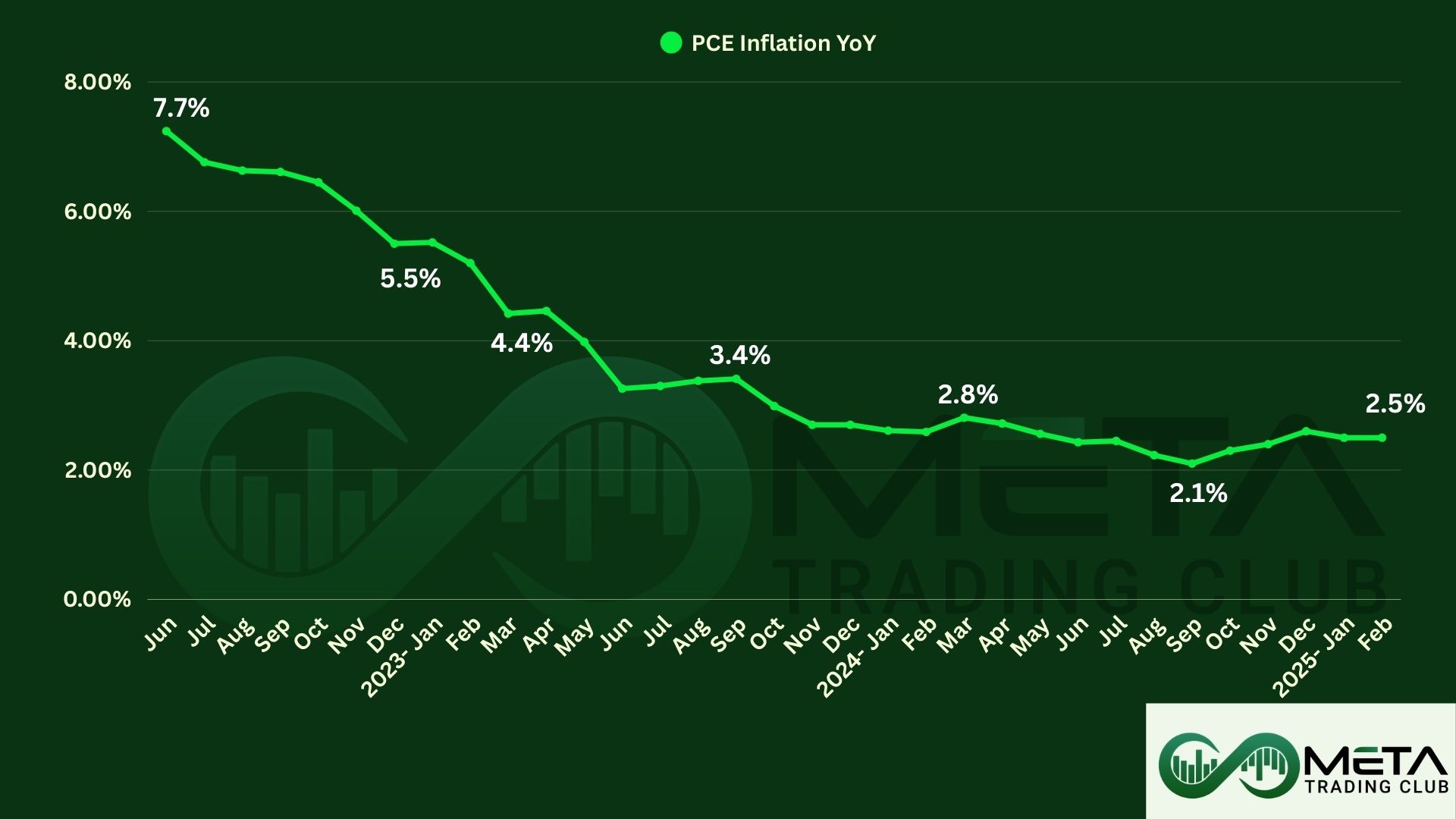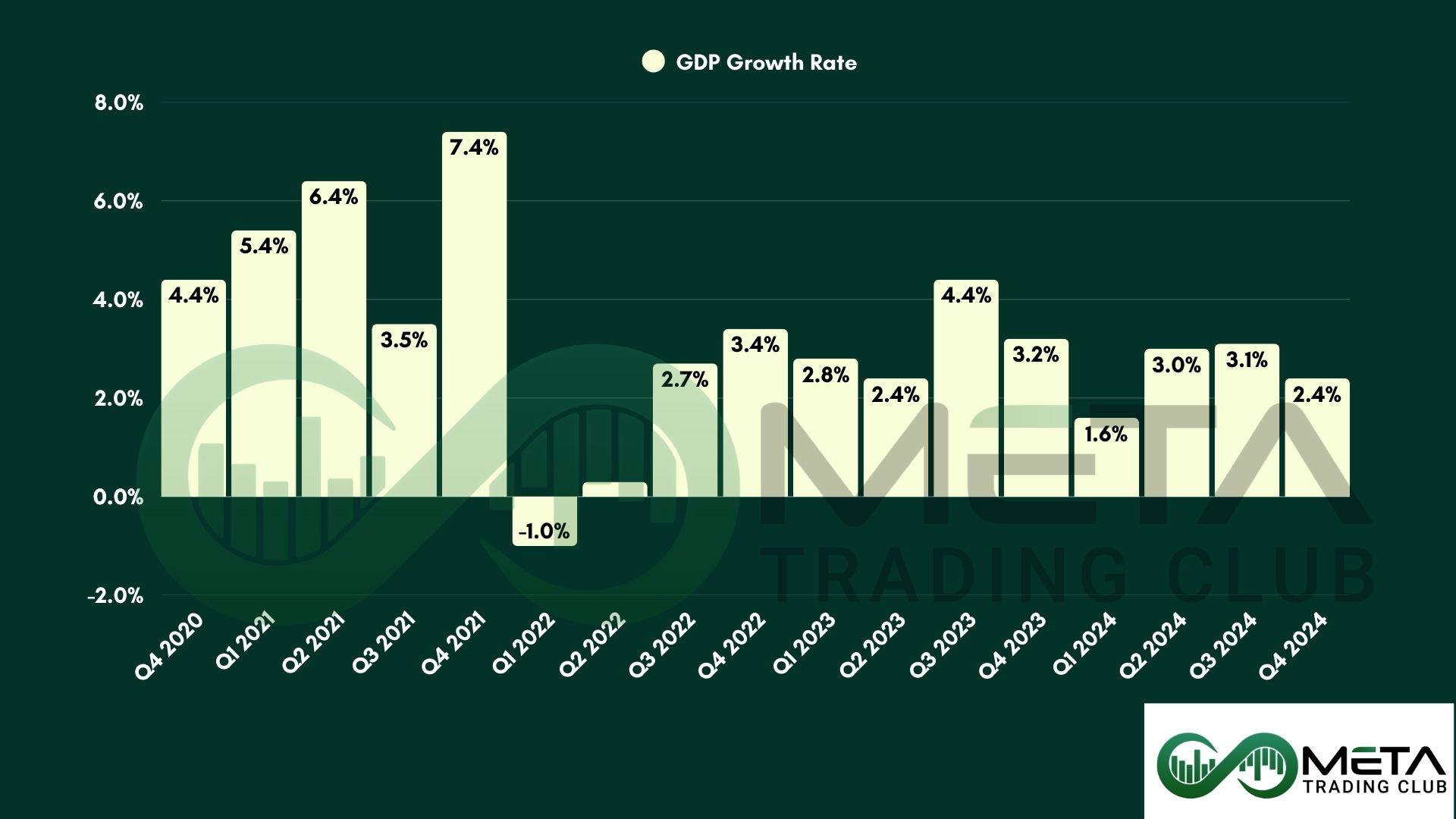The Federal Open Market Committee (FOMC) is a branch of the Federal Reserve System responsible for overseeing the nation’s open market operations. This includes making key decisions about interest rates and the growth of the United States money supply. The FOMC meets several times a year to discuss and set monetary policy. Their target is to achieve maximum employment, stable prices, and moderate long-term interest rates.
Review of the Economic Situation in the FOMC Meeting
At the time of the meeting, economic data indicated that real GDP had experienced solid growth throughout the year. Job gains showed a continued slowdown since the start of the year, and while the unemployment rate had slightly increased, it remained relatively low. Consumer price inflation had decreased compared to the previous year but still remained somewhat elevated.
By July, consumer price inflation, measured by the PCE price index, had eased compared to earlier in the year. Monthly changes in PCE prices since April were smaller than in the first quarter, with 12-month PCE inflation standing at 2.5% in July. Core inflation, which excludes energy and food prices, was 2.6%. By August, the consumer price index (CPI) showed a 12-month change of 2.5%, and core CPI inflation was 3.2%, both figures significantly lower than a year prior.
Labor market conditions had continued to ease, but they remained strong overall. Job gains were slower in July and August compared to the second quarter. The unemployment rate edged up to 4.2%, with slight improvements in labor force participation.
Real GDP and private domestic final purchases (PDFP) grew steadily in the first half of the year, showing solid momentum in PCE and business investments. Exports of goods, particularly autos and industrial supplies, declined in July, while imports of capital goods continued robust growth.
Abroad, GDP growth slowed in the second quarter, and recent data suggested that economic activity remained subdued globally, with manufacturing sectors, especially in Canada, Germany, and Mexico, being particularly weak. In China, indicators of domestic demand were also underwhelming. Inflationary pressures in Latin America, continued to struggle with food price-driven inflation. The Bank of England and European Central Bank, eased their monetary policies, while the Bank of Japan remained focused on removing monetary accommodation.
Review of the Financial Situation in the FOMC Meeting
During the intermeeting period, the market-implied trajectory for the federal funds rates significantly declined, indicating an increased likelihood of policy easing by early 2025 compared to pre-July FOMC expectations. This shift contributed to substantial drops in nominal Treasury yields, especially at shorter maturities, fueled by lowered inflation expectations and real yields.
Despite rising investor concerns about economic activity risks, stock markets demonstrated resilience, with broad indexes rebounding after an early August dip. Corporate bond yield spreads remained stable, and volatility in the S&P 500 normalized following a brief spike.
In the U.S. funding markets, stability persisted. Globally, the decline in U.S. interest rates led to decreased expected policy rate paths and sovereign bond yields in advanced foreign economies (AFEs), resulting in a weaker dollar against AFE currencies.
In domestic credit markets, borrowing costs remained high but saw modest declines in certain areas. Residential mortgage rates and agency mortgage-backed securities yields slightly decreased, while rates on consumer loans, like credit cards and auto loans, showed minimal changes. Conversely, commercial real estate (CRE) loan rates increased. Credit access was generally favorable for larger firms, but tighter for smaller businesses, with a slowdown in commercial loan growth and rising delinquency rates in the CRE market.
Consumer credit availability remained stable but indicated signs of slowing, as auto lending declined, and credit card balances increased. While credit quality held steady for large firms and municipalities, it worsened in sectors like CRE, with delinquency rates for small business and consumer loans elevated compared to pre-pandemic levels.
Committee Policy Actions
During their recent meeting, members discussed progress toward the Committee’s 2 percent inflation target, though inflation remained elevated. Most members expressed greater confidence that inflation was sustainably moving toward the target and deemed risks to employment and inflation goals balanced. However, they acknowledged the uncertain economic outlook.
In response to inflation progress and balanced risks, the Committee decided to lower the federal funds rate target range to 4.75% to 5%. One member dissented, preferring a range of 5% to 5.25%. Members agreed to assess incoming data and the evolving economic outlook when considering future rate adjustments and to continue reducing the Federal Reserve’s holdings of Treasury securities and agency debt.
The Committee emphasized their commitment to supporting maximum employment and returning inflation to the 2 percent target. They would monitor various factors, including labor market conditions and inflation pressures, to guide their policy stance.
In financial markets, stock indexes recovered from an August dip, corporate bond yield spreads remained stable, and volatility in the S&P 500 normalized.
Members agreed to monitor incoming information closely to evaluate the appropriate stance of monetary policy. They expressed readiness to adjust their policy if risks arose that could hinder achieving the Committee’s goals. Their assessments would consider various factors, including labor market conditions, inflation pressures and expectations, as well as financial and international developments.
Voting for this action: Powell, Williams, Barkin, Barr, Bostic, Cook, Daly, Hammack, Jefferson, Kugler, and Waller.
Voting against this action: Bowman.
Governor Bowman preferred to lower the federal funds rate target range by 25 basis points to 5 to 5.25 percent, citing persistent core inflation above the Committee’s objective, a nearly full employment labor market, and solid growth.













